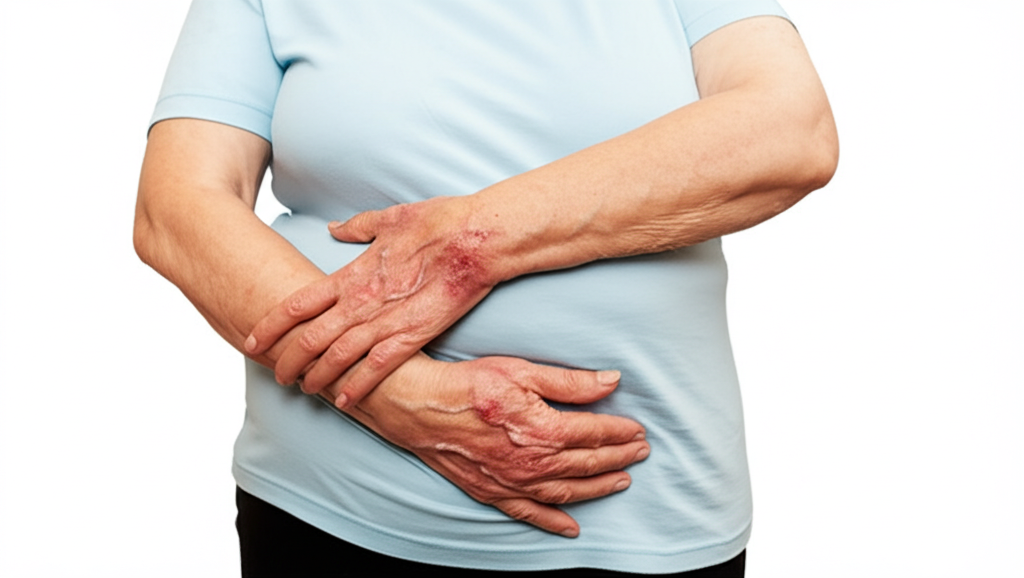Understanding and Addressing Poor Circulation
Poor circulation is a common concern, particularly as individuals age, though it can affect younger people as well. The circulatory system plays a vital role in delivering oxygen from the heart to cells throughout the body. Oxygen is essential for cellular function and health. When cells are deprived of oxygen, they can degrade, leading to deformities, cell death, and various health issues.
Recognizing the Symptoms of Poor Circulation
Several symptoms can indicate poor circulation. These include numbness in the extremities, a tingling sensation, cold hands and feet, and swelling in the hands or feet due to fluid retention. Cognitive issues like memory problems or difficulty concentrating can also arise, as the brain requires adequate oxygen to function properly. Additionally, fatigue, digestive problems, muscle pain, and cramps can be signs of poor circulation.
The Link Between Weight Loss and Improved Circulation
Research suggests that weight loss can significantly improve circulation, especially in individuals who are overweight. Studies have indicated that losing weight can increase levels of adiponectin, a hormone produced by fat tissue. Adiponectin has anti-insulin effects and can relax arteries, promoting better blood flow. Low adiponectin levels are associated with increased arterial calcification and blockages.
The Importance of Arterial Health
Arteries, the vessels that carry oxygenated blood from the heart, consist of three layers: the intima, media, and externa. The intima, the innermost layer, should be smooth and flexible to prevent cholesterol buildup and damage. The media, the middle layer, contains muscles that contract and relax to regulate blood flow. Magnesium is crucial for relaxing these muscles. The externa, the outermost layer, is made of collagen.
Key Strategies for Improving Circulation
Several lifestyle changes can help improve circulation. Supplementing with magnesium, or consuming magnesium-rich green juices, can aid in relaxing arterial muscles. Regular aerobic exercise, such as 30-40 minutes of walking to the point of light sweating, is beneficial. Staying adequately hydrated is also essential, as dehydration can trigger the release of vasopressin, a hormone that constricts blood vessels.
The Role of Nitric Oxide in Arterial Repair
Exercise promotes the production of nitric oxide, a natural substance that relaxes arterial muscles and helps repair the intima, ensuring smooth blood flow. By implementing these strategies, individuals can experience reduced occurrences of cramps, numbness, and tingling, as the effects are cumulative and contribute to overall circulatory health.


